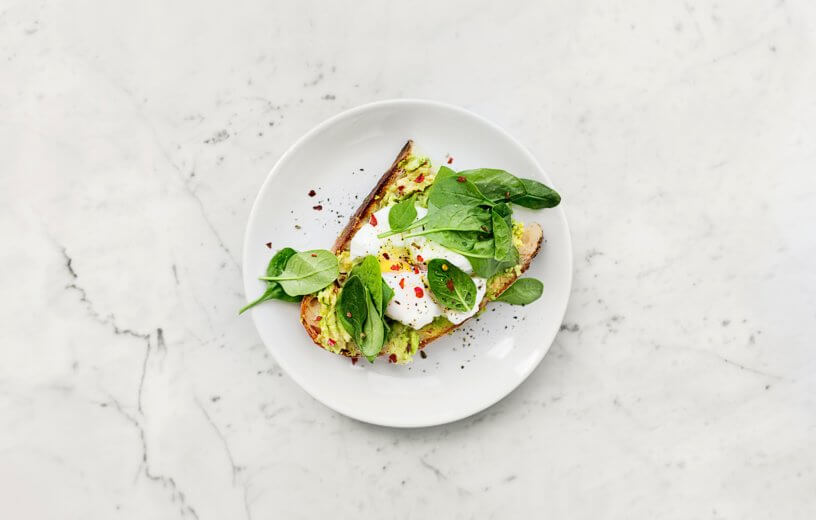BEERSHEBA, Israel — If you keep grabbing a tiny plate instead of a larger one ultimately hoping you’ll of wind up with a smaller waistline, you may be wasting your time. Dainty plates do not equate to daintier servings, at least not in our perception of portion sizes, a study finds.
Researchers at Ben-Gurion University of the Negev say that the popular dieting strategy of serving food on smaller plates does not necessarily trick us into eating less.
“Plate size doesn’t matter as much as we think it does,” says Dr. Tzvi Ganel, head of the Laboratory for Visual Perception and Action in the university’s psychology department, in a media release. “Even if you’re hungry and haven’t eaten, or are trying to cut back on portions, a serving looks similar whether it fills a smaller plate or is surrounded by empty space on a larger one.”
Some dieters may try eating off of smaller plates, hoping that they will feel full because the serving size appears larger on the smaller plate. This strategy is based on the classic Delbouef illusion, which found that people seeing a black circle inside a larger circle perceived the circle to be smaller than when the same sized black circle was placed inside a smaller circle.
This is the first study to find out whether plate size matters when people are deprived of food.
Researchers determined that hunger seems to help with visual perception of food portions. In the experiment, participants who had eaten recently had a difficult time estimating pizza portions that were placed on larger versus smaller trays. But participants who had not eaten for at least three hours were better able to estimate portion sizes correctly.
The authors caution that their results only applied to food sizes. Both groups of participants performed about the same when asked to compare sizes of black circles and hubcaps placed inside different sized circles. Study authors say the results suggest that hunger strengthens our ability to analyze and process what we are seeing.
“Over the last decade, restaurants and other food businesses have been using progressively smaller dishes to conform to the perceptual bias that it will reduce food consumption,” says Ganel. “This study debunks that notion. When people are hungry, especially when dieting, they are less likely to be fooled by the plate size, more likely to realize they are eating less and more prone to overeating later.”
So don’t kid yourself. Put away the Barbie plates and give it three hours. Then grab that giant plate and dig in. Your eyes will choose the right size.
The study was published in the September 1, 2018 edition of Appetite.
